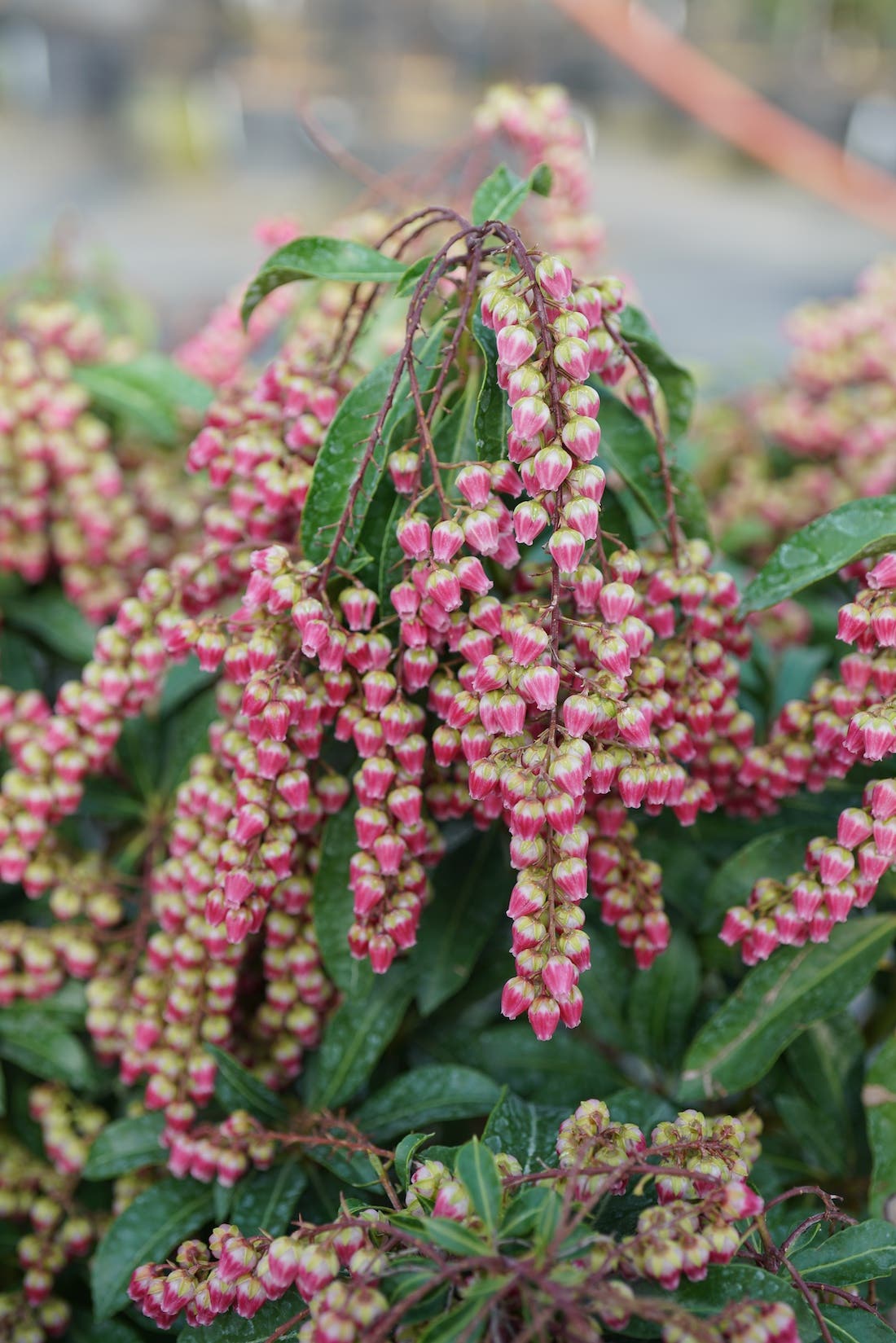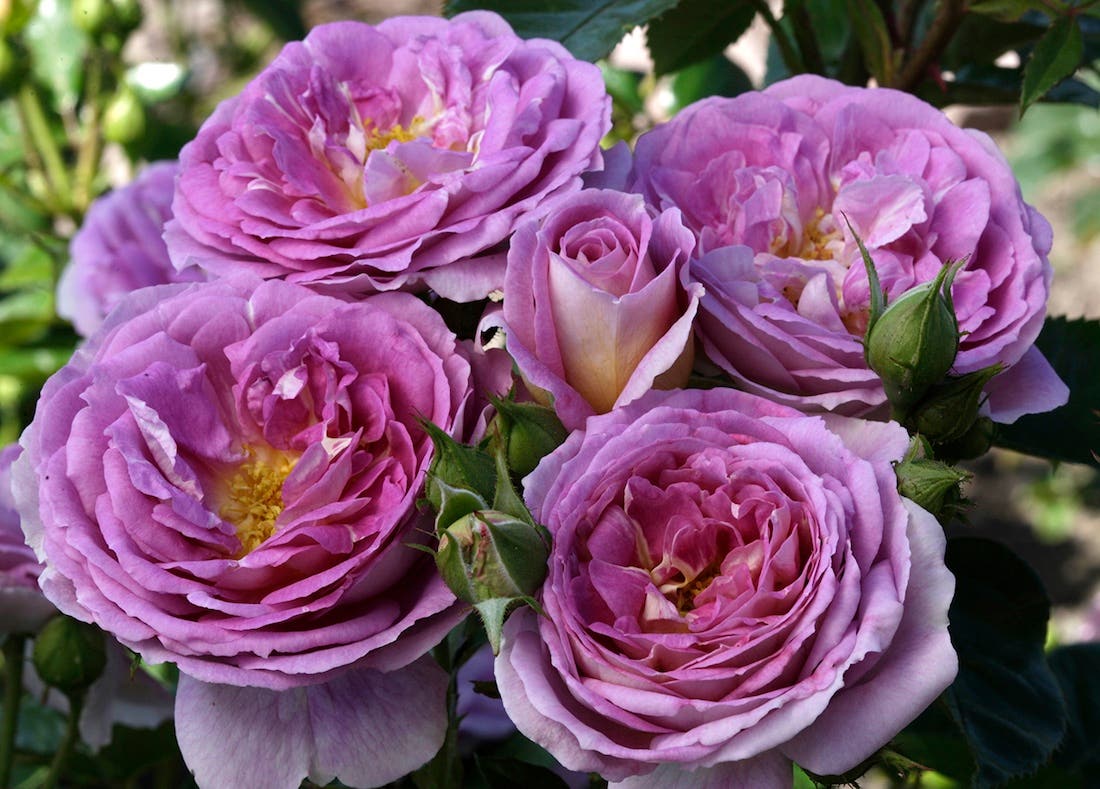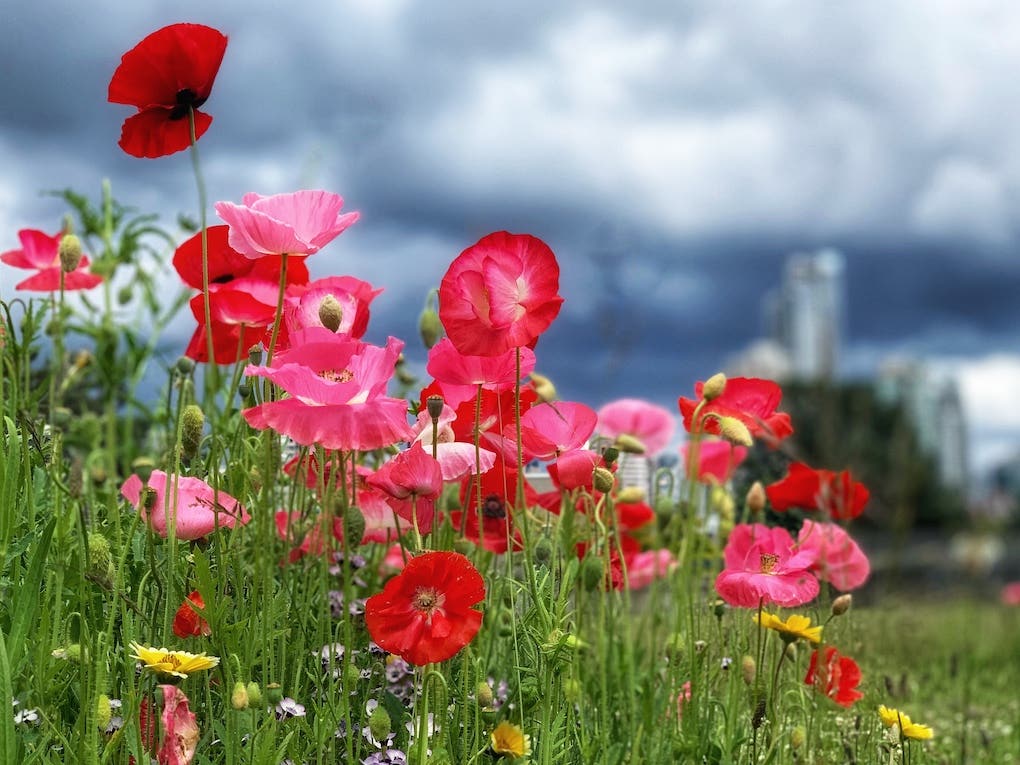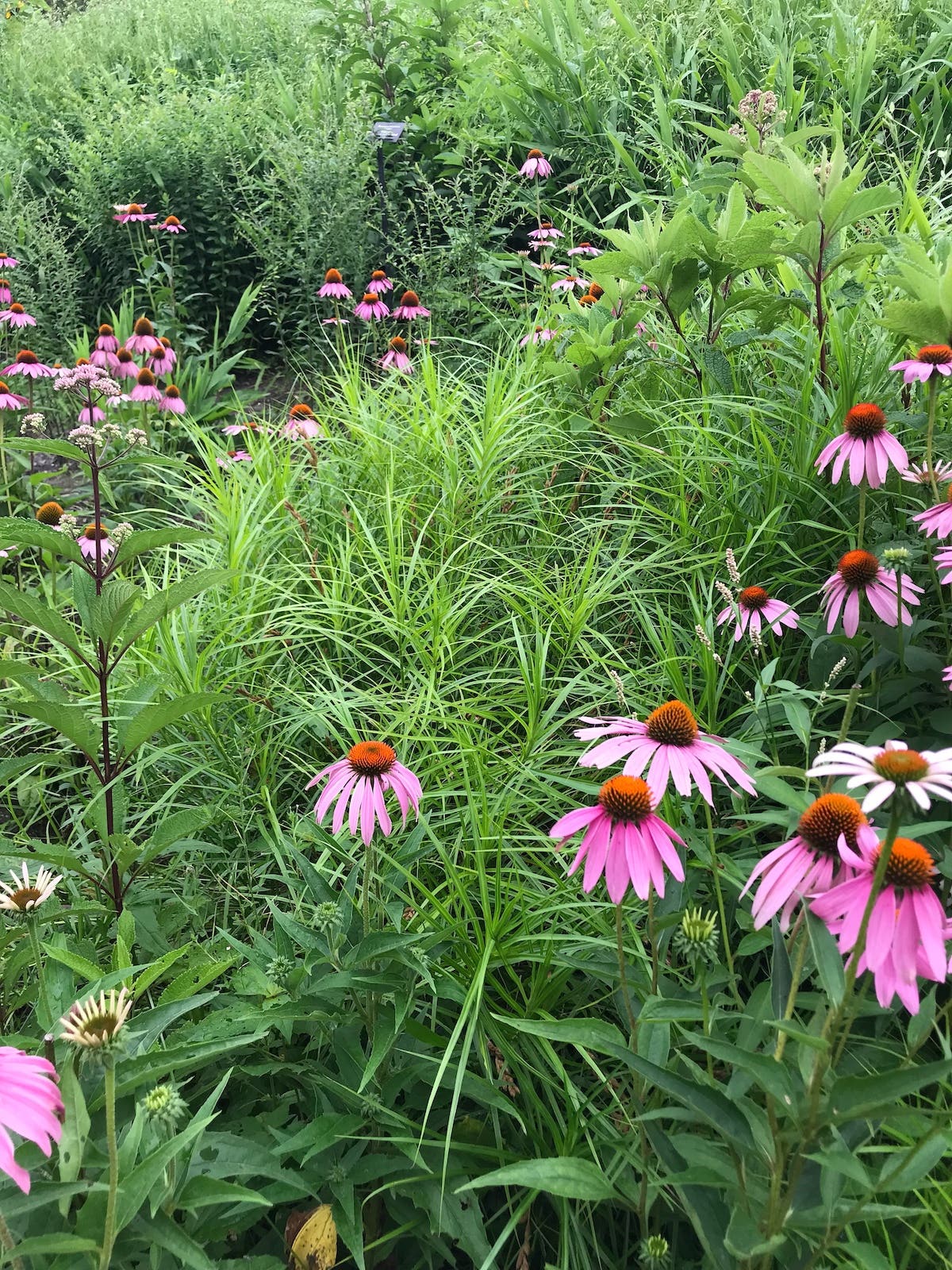Juiced Orange Jessamine Attracts Hummingbirds to the Garden
Bright, tubular flowers occur over a long period on this easy-care shrub for gardens in warm climates.
Juiced Orange jessamine is a semi-evergreen shrub that blooms from spring into summer. Its bright yellow flowers attract hummingbirds and butterflies, making it a nice addition to a pollinator garden or hummingbird garden. Once established, it's a low-maintenance shrub that stands up well to heat, drought and humidity.
Related: Interested in unusual plants for butterflies and hummingbirds? Read about porterweeds.
Common name: Juiced Orange jessamine
Botanical name: Cestrum corymbosum ‘WNCESCORYEL’
Origin: Species in the genus Cestrum are native to tropical and semi-tropical regions of North and South America. Juiced Orange is a cultivar introduced by Proven Winners ColorChoice Trees and Shrubs
Flowers: In spring and summer, golden, tubular flowers bloom in rounded clusters at the tips of the stems. Jessamine flowers are fragrant at night, with a scent similar to jasmine.
Foliage: Semi-evergreen, with some leaf drop from the interior of the plant to be expected in winter. The leaves are oval in shape and deep green in color. In USDA Zone 7b, the coldest part of its hardiness range, the entire plant will die back to the ground for the winter and regrow in spring.
Size and habit: This is a mounding shrub reaching four to five feet tall and wide.
Growing Juiced Orange jessamine
Exposure: Full to part sun
How to grow it: Easy to maintain, Juiced Orange jessamine needs a sunny spot and average garden soil with good drainage. It grows and blooms best in full sun but it can tolerate part sun. The shrub will have a looser habit and fewer flowers in that position. It can be shaped in early spring if desired. Flower buds develop on new growth. Water regularly the first season; thereafter this plant resists drought. It’s also very heat tolerant. USDA Zones 7b–10.
Image courtesy of Proven Winners







